Hungarian Dance No.5 (Brahms) | Free Music Lesson Plan (Musical Form)
from the Lesson Zone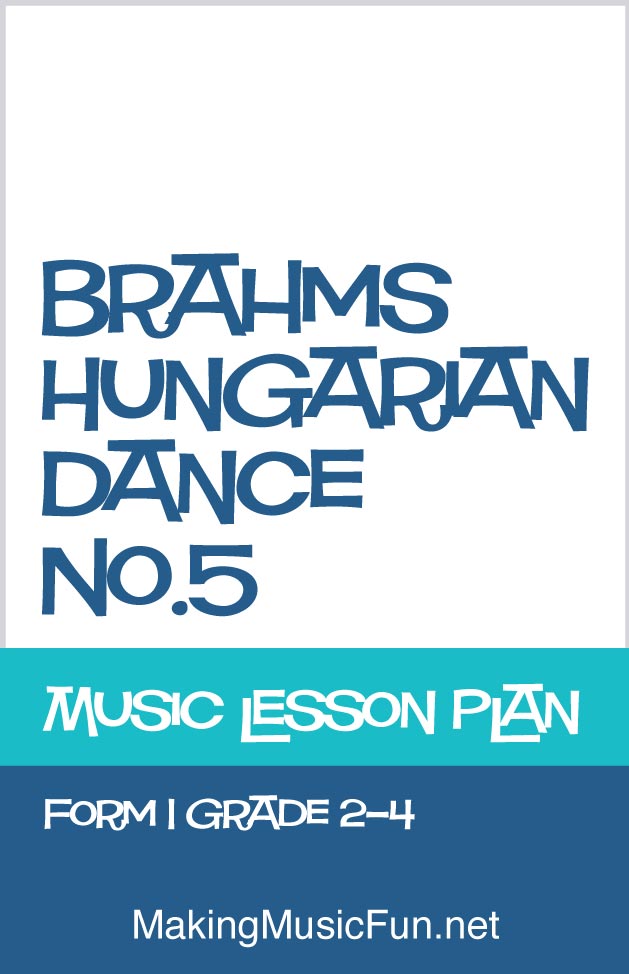
Want a surefire winner music lesson plan? Students perform baseball moves (warm-up, hit, run, instant replay) to each section of the music to express the musical form through movement. It's always a hit!
ListeningLessonsUnlimited.com contributed ideas to this fun and very active musical form lesson. It's always a hit! Thanks Darva.
Objective
Students will learn about Johannes Brahms and his music through a fun-filled lesson on musical form. This lesson is designed to fulfill Standard #6 of the National Standards for Music Education: listening to, analyzing, and describing music.Materials
Recording of Johannes Brahms' Hungarian Dance No.5'Hungarian Dance No.5' (Brahms) Music Lesson Plan
Step 1Ask students, "Who knows this song? Raise your hand if you think you recognize it." Play a recording or piano arrangement of Brahms' Lullaby.
Step 2
Ask students, "What is it?" "Who wrote it?"
Step 3
Tell students, "The piece I just played was by written by German composer Johannes Brahms." Show them a picture of the composer.
Step 4
Share a few historical or fun facts about Johannes Brahms. Below are two fun facts that are not to be missed.
In 1889 Thomas Edison, an American inventor, visited Brahms in Vienna and invited him to perform for an experimental recording. Brahms played an abbreviated version of Hungarian Dance No.1 on the piano. The performance is one of the earliest recordings by a major composer.
Brahms was one of the few music composers who could devote his time completely to composing without having to accept other employment. In fact, he spent so much time with his composing that he sometimes neglected his appearance. Sometimes, when he forgot to attach his suspenders, he would have to hold his pants up while conducting to keep them from falling down.
Step 5
Tell students, "Today we will be learning about musical form and listening to Johannes Brahms' Hungarian Dance No.5. Musical form has to do with the way music is put together.
Step 6
Start the recording.
Form: A A B B C D A B Codetta
Step 7
Tell students, "When we listen to this recording again we will put baseball moves to the music."
Step 8
Tell students, "Please stand up, spread out around the room, and face me."
Step 9
Tell students, "The A section is the warm-up section. You can copy my warm-up routine or do your own." Students may pretend to jog in place, stretch, or do jumping jacks.
Step 10
Start the recording. Tell students, "Warm-up as you listen to section A of Johannes Brahms' Hungarian Dance No.5."
Step 11
The next section is the B section. Tell students, "You will be at bat during this section of the music."
Step 12
Start the recording. Students will swing the bat 3 times during each statement of this theme. Twice before the slow passage (swing on the syncopated note) and once after the slow passage (swing on the loud note immediately following the slow passage).
Step 13
The next section is the C section. Tell students, "During this section of the music you will run the bases."
Step 14
Start the recording. Run around the room as a class in clockwise motion.
Step 15
The next section is the D section. Tell students, "During this section of the music you will perform an instant replay of the game."
Step 16
Start the recording. Hold bat at ready position during the slow passage and then swing on the loud note immediately following the slow passage. Drop the bat and run the bases on the fast passage. Repeat.
Step 17
Perform the movements for the reprise of the A and B sections. Play a little of each section for the students before they begin the movement. Ask them to identify the section and the movement that accompanies it.
Step 18
Tell students, "The work ends with a codetta. The word coda is Italian for 'tail'." It refers to music that is placed at the tail-end of a piece to bring it to its conclusion. A codetta is like a coda except shorter.
Step 19
Tell students, "When we hear the three note codetta we will jump up and throw our baseball hats in the air."
Step 20
Start recording. Jump up and throw our baseball hats in the air.
Step 21
Quiz students on historical or fun facts about Johannes Brahms.
Step 22
Lead the students through a guided practice of the entire piece without stopping.
Step 23
Quiz students on historical or fun facts about Johannes Brahms.
Step 24
Ask students to show their understanding of the form of this work by performing the movements to Hungarian Dance No.5 on their own.
Browse Best Seller Music Lesson Plans
-

Get UNLIMITED ACCESS to every printable resource on MakingMusicFun.net
-
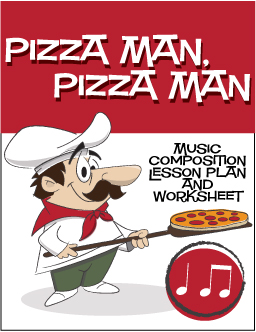
Pizza Man, Pizza Man | Music Composition Lesson and Worksheet
-
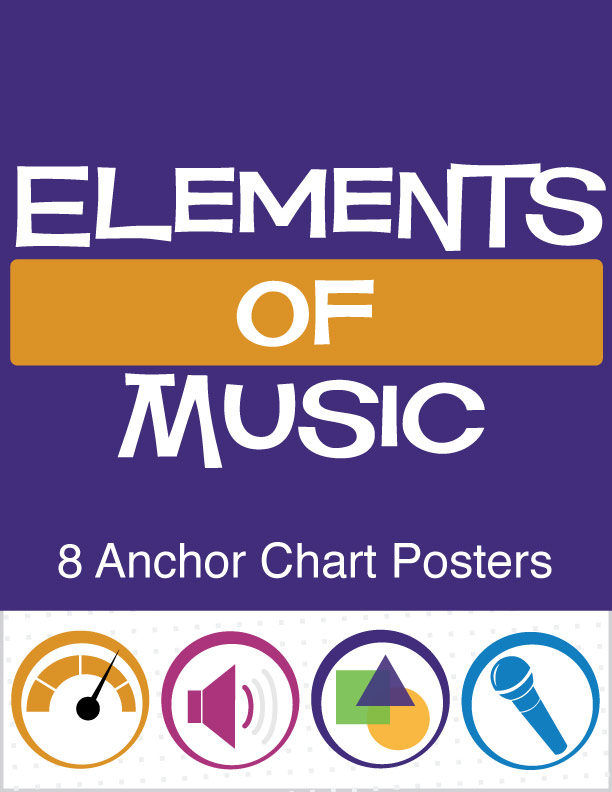
Elements of Music | Anchor Chart Posters
-
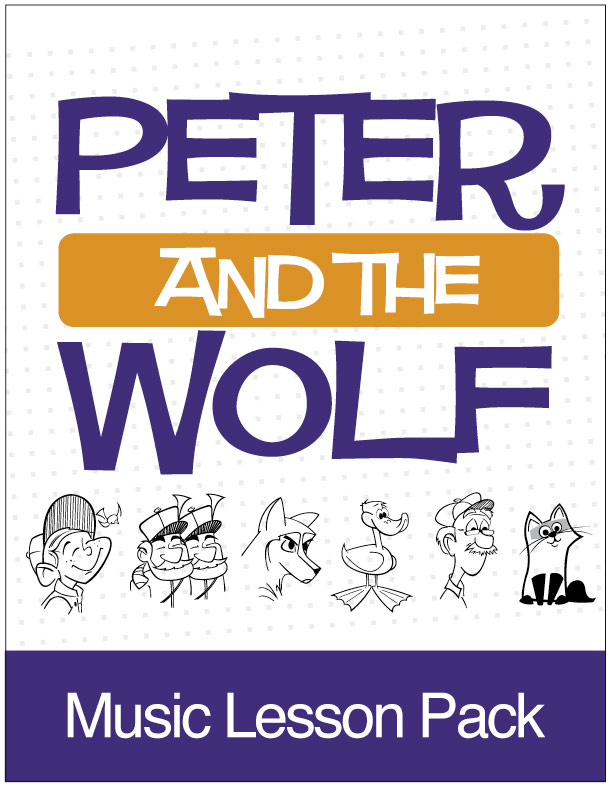
Peter and the Wolf | Music Lesson Pack
-
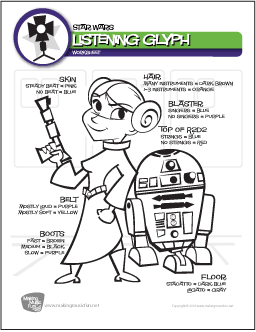
Star Wars | Music Listening Glyph Worksheets
Browse New Music Lesson Plans
-
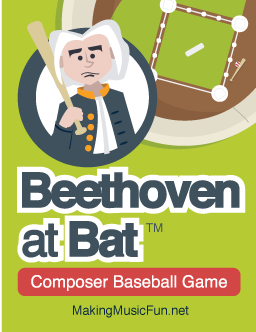
Beethoven at Bat™ | Music Composer Game (2-6)
-
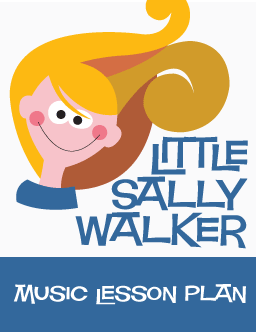
Little Sally Walker | Free Music Lesson Plan (Steady Beat) K-2
-
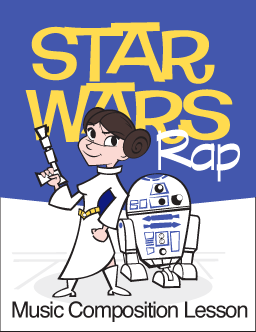
Star Wars Rap | Music Composition Lesson and Worksheet
-
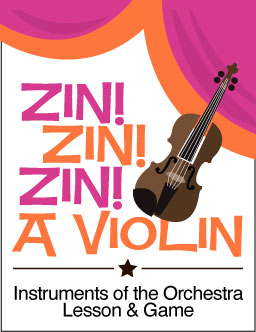
Zin! Zin! Zin! A Violin | Instruments of the Orchestra Lesson and Game
-
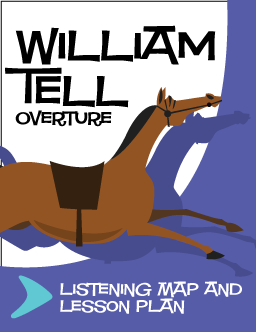
William Tell Overture (Rossini) | Music Lesson Plan and Listening Map